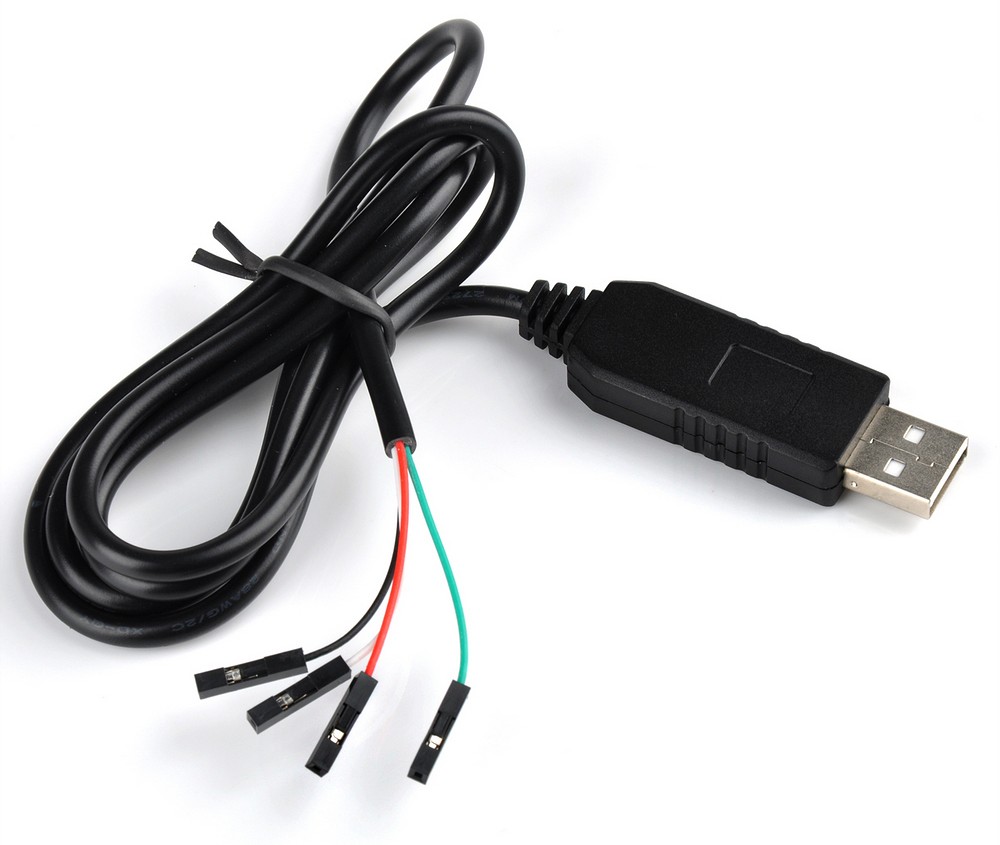Connect Usb Device To Serial Computer Cable

Hgv Drivers Log Book Template. When you use App Inventor with a phone or tablet, that device communicates with the. This communication is managed by the AI2 Companion App running on the device. The instructions below (step 2) explain how to install the companion. The Companion can communicate with your computer over a wireless connection. This is the method strongly recommended by the App Inventor team. It does not require any additional software to be installed on your computer. (See Option 1, under There are, however, some environments where wireless connections won't work.
I am trying to connect to and configure a T1 interface device using Putty. When I click on the 'serial' option in Putty it shows it is using as the default port. Adapt Your Chromebook. Connect a Mobile Device to a TV. Connect a PC to a TV. Connect a Serial Device to a PC. Extend an HDMI Signal. Extend USB Signal Length. Install Wireless Table Box.
These include some hotels, conference centers, and schools, that configure their wireless networks to prohibit two devices on the network from communicating with each other. See for a short explanation.Some App Inventor users have solved this problem by purchasing a wireless router and setting up their own local network. Configurazione Router Pirelli Drg A226m Fastweb Net. (Also, most Macs and some PC can serve as WiFi routers that can handle a small number of machines.) But where even this is impossible, you can still use App Inventor with a phone or tablet if you connect it to the computer with a USB cable. Setting up a USB connection can be awkward, especially on Windows machines, which need special driver software to connect to Android devices.
(This is not the case with Mac or Linux, which do not need special drivers.) Unfortunately, different devices may require different drivers, and, outside of a few standard models, Microsoft and Google have left it to the device manufacturers to create and supply the drivers. As a consequence, that you may have to search on the Web to find the appropriate driver for your phone.
App Inventor provides a test program that checks if your USB-connected device can communicate with the computer. You should run this test and resolve any connection issues before trying to use App Inventor with USB on that device. Here are the steps for beginning to use App Inventor with the USB cable: Step 1: Install the App Inventor Setup Software To connect with USB, you need to first install the App Inventor setup software on your computer. (This is not required for the wifi method.) Follow the instructions below for your operating system, then come back to this page to move on to step 2 Important: If you are updating a previous installation of the App Inventor software, see. • • • You can check whether your computer is running the latest version of the software by visiting the. Step 2: Download and install the MIT AI2 Companion App on your phone.
Open your device's QR code scanner and scan the QR code on the left below to download the Companion App from the Play Store. If you can't use the Play Store, use the QR code on the right to download the Companion App directly to your phone. Download Internet Speed Meter Lite Pro Apk here. Play Store Recommended: Automatic updates APK File Manual updates required Scan this QR code () to get the app from the Play Store Scan this QR code () to download the app directly If you need a QR code scanner, you can get one at the Play Store (e.g., ZXing). After downloading, step though the the instructions to install the Companion app on to your device.You need to install the MIT AI2 Companion only once, and then leave it on your phone or tablet for whenever you use App Inventor. Note: If you choose not to go through the Play store and instead load the app directly (aka 'side load), you will need to enable an option in your device's settings to allow installation of apps from 'unknown sources'. To find this setting on versions of Android prior to 4.0, go to 'Settings >Applications' and then check the box next to 'Unknown Sources'. For devices running Android 4.0 or above, go to 'Settings >Security' or 'Settings >Security & Screen Lock' and then check the box next to 'Unknown Sources' and confirm your choice.